-
0
Patient Assessment
- 0.1 Patient demand
- 0.2 Overarching considerations
- 0.3 Local history
- 0.4 Anatomical location
- 0.5 General patient history
-
0.6
Risk assessment & special high risk categories
- 5.1 Risk assessment & special high risk categories
- 5.2 age
- 5.3 Compliance
- 5.4 Smoking
- 5.5 Drug abuse
- 5.6 Recreational drugs and alcohol abuse
- 5.7 Parafunctions
- 5.8 Diabetes
- 5.9 Osteoporosis
- 5.10 Coagulation disorders and anticoagulant therapy
- 5.11 Steroids
- 5.12 Bisphosphonates
- 5.13 BRONJ / ARONJ
- 5.14 Radiotherapy
- 5.15 Risk factors
-
1
Diagnostics
-
1.1
Clinical Assessment
- 0.1 Lip line
- 0.2 Mouth opening
- 0.3 Vertical dimension
- 0.4 Maxillo-mandibular relationship
- 0.5 TMD
- 0.6 Existing prosthesis
- 0.7 Muco-gingival junction
- 0.8 Hyposalivation and Xerostomia
- 1.2 Clinical findings
-
1.3
Clinical diagnostic assessments
- 2.1 Microbiology
- 2.2 Salivary output
-
1.4
Diagnostic imaging
- 3.1 Imaging overview
- 3.2 Intraoral radiographs
- 3.3 Panoramic
- 3.4 CBCT
- 3.5 CT
- 1.5 Diagnostic prosthodontic guides
-
1.1
Clinical Assessment
-
2
Treatment Options
- 2.1 Mucosally-supported
-
2.2
Implant-retained/supported, general
- 1.1 Prosthodontic options overview
- 1.2 Number of implants maxilla and mandible
- 1.3 Time to function
- 1.4 Submerged or non-submerged
- 1.5 Soft tissue management
- 1.6 Hard tissue management, mandible
- 1.7 Hard tissue management, maxilla
- 1.8 Need for grafting
- 1.9 Healed vs fresh extraction socket
- 1.10 Digital treatment planning protocols
- 2.3 Implant prosthetics - removable
-
2.4
Implant prosthetics - fixed
- 2.5 Comprehensive treatment concepts
-
3
Treatment Procedures
-
3.1
Surgical
-
3.2
Removable prosthetics
-
3.3
Fixed prosthetics
-
3.1
Surgical
- 4 Aftercare
Abutment materials
Key points
- An abutment is a component that is intermediate between the implant and the restoration and it is usually screw-retained to the implant
- The abutment provides the retention, support, stability and optimal position necessary for the definitive restoration
- Titanium and zirconia are the most commonly used materials for abutment fabrication
- Abutments can be prefabricated by the manufacturer, or custom CAD/CAM produced
Abutment types and selection - general considerations
Implant-based prostheses can be cement-retained, screw-retained or a combination of both (Fig 1). By definition, an abutment is a component that is intermediate between the implant and the restoration and it is usually screw-retained to the implant. The abutment provides the retention, support, stability and optimal position necessary for the definitive restoration. There are other available options (locking taper, one-piece implants) where the abutment is part of the implant itself, however they are less popular as these concepts are less flexible regarding prosthetic restoration options.

Abutment materials
The abutment is generally being custom-designed/fabricated in a dental laboratory or prefabricated by the implant manufacturer.
The most popular abutment material options are:
- Titanium
- Zirconia
- Precious alloy cast (UCLA abutment, telescopic crowns)
- Resin
- PEEK (Polyetherketone)
Implant abutments are usually fabricated from surgical grade titanium alloys due to the well-documented biocompatibility and mechanical properties. However, although they are very stable from a biomechanical point of view, titanium abutments present limitations in esthetically relevant areas. In the anterior zone, when visible during function, the harmony in terms of color and form between the restoration-implant complex and the gingiva plays a major role and in that respect, zirconia is recommended as an alternative material to titanium abutments. Zirconia abutments are available as full zirconia or - depending on shape, manufacturer and strength- with a Titanium core. An alternative to the version with the metal core is to custom-design and mill the zirconia abutment chairside and bond it onto the metal adapter.
Individually waxed and cast UCLA-type abutments have lost popularity and have been replaced by CAD/CAM-milled or prefabricated options. However the casting technique is an option for the design and fabrication of overdentures retained by telescopic crowns.
Resin and PEEK-type abutments are usually only indicated for temporary use and provisional restorations.
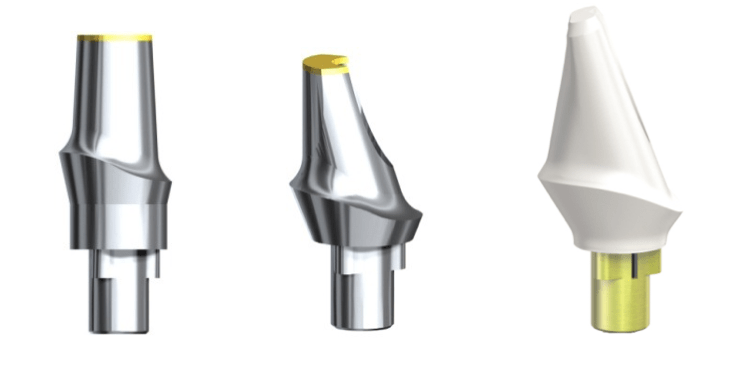

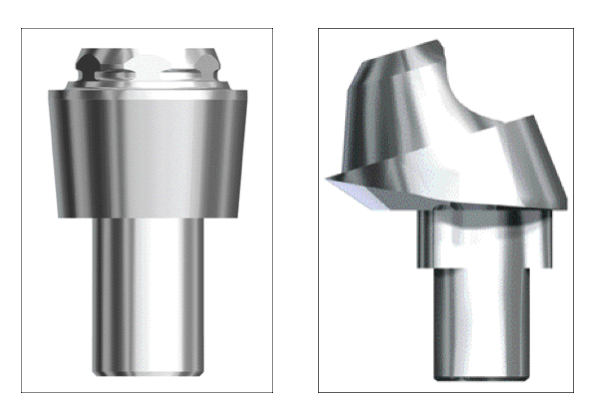
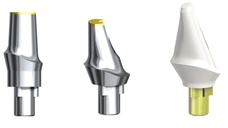
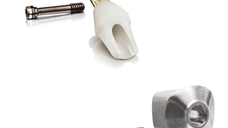
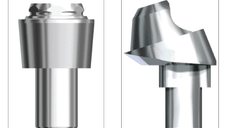


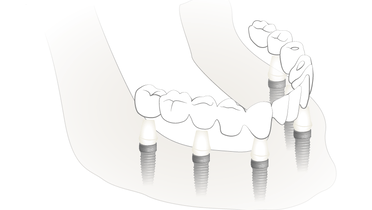



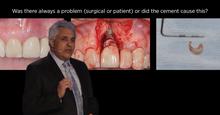

is there any evidence where they have compared all materials used to make abutments and compared their success rates ?
is there any evidence where they have compared all materials used to make abutments and compared their success rates ?
is there any evidence where they have compared all materials used to make abutments and compared their success rates ?